The alcohol market is arguably undergoing one of the most innovative and interesting times in its history with both big brands and smaller local producers bringing out new products at a rate of knots; and categories fragmenting into myriad niches that allow consumers to make new discoveries. An over-arching trend is a move towards drinking less volume but better quality, supported by off-trade stats from Nielsen, which show total take-home sales in 2017 were ahead by 4% in value, to just under £16.5bn, in a year when volume consumption actually fell by 1%.
With the pace of change so rapid it can be hard for retailers to keep up, especially in the convenience and forecourt sector, where big brands provide signposts and satisfy impulse shopping missions.
Sally McKinnon, head of brands at Westons Cider, says: "The striking thing in the drinks category compared to others is how it recreates. If you look at fruit cider, five years ago it didn’t really exist to the point it does today. Gin is another where there’s been a big step-change.
"Day in, day out, there are new innovations coming into the market and you see the market completely flipping on its head. The biggest challenge is not to stand still and to find new ways to engage consumers and respond to their needs."
a crafty move
A major trend of the past five years has been the emergence of so-called ’craft’ brands in categories such as beer and gin. The latter’s growth is nothing short of phenomenal, while a 4% increase in take-home sales of beer last year shows renewed interest in a category that seemed to have been stagnating for many years until new brewers and hoppier styles of ale gave it some energy. But it would be reckless for any forecourt retailer to suddenly throw out the market leaders in such categories and replace them with obscure and expensive alternatives.
Dan Bolton, managing director of supplier Hi-Spirits, says getting the basics right will still be the priority for the summer.
"Range planning is essential," he says. "Understand the key occasions customers buy alcohol for in forecourts big night in, visiting friends, attending events and spotlight relevant products."
But a considered approach to extending the range into more interesting areas can bring incremental sales from higher margin products. For example, bringing in one or two well- known premium brands such as Bombay Sapphire or Hendrick’s in gin supplemented by a quality locally-made brand or a trendy ultra-premium alternative, can help to enthuse shoppers about the BWS section beyond a few headline promotions on best sellers. Toby Magill, business unit director at data firm IRI, says: "A big trend is the increasing individualistic nature of shoppers. They want something with heritage and provenance and is more than just mass market and the mainstream.
"If you look at the millennial generation, they’re the ones who have been affected by austerity and not had a lot of money to spend. If we get to the point where the economy gets a bit better and they do have more money, there’s potential that the trend could explode into all sorts of different areas."
Apart from Christmas, summer is the big time of year for BWS sales, especially in categories such as lager and cider, whose yearly fortunes are often dictated by how hard the sun shines.
White wine, rosé and sparkling wine can also thrive if merchandised well and given fridge space.
Amy Giacobbi, marketing manager at wine supplier CWF, says: "When and if there is a hot spell, there will be a big and almost instant demand for products suited to picnics and impromptu barbecues.
"In addition to stocking the right products, retailers need to review their displays and how they merchandise their wine. Simplicity is the key: either separate the wine into red, white, rosé or sparkling, or by wine style.
"Having a chilled shelf or unit for the white, rosé and sparkling and even lighter red wines is great for convenience stores as it promotes impulse purchases.
"It’s great for consumers to be able to pick up a bottle of pre-chilled wine en route to a dinner party or on their way home from work."
She also suggests that retailers should encourage suppliers to offer support such as free-standing display units and promotional material to support special offers as well as new product launches.
CWF is one of several suppliers getting behind fruit-flavoured wines sometimes called fusions in a bid to meet demand for more accessible products with lighter abvs. It offers the Staw Hat range while Accolade has Echo Falls Fruit Fusions.
But Andrew Nunney, category shopper and insights director at Accolade, says forecourts still need to keep an eye on broader trends in the traditional wine category such as the rise of New Zealand Sauvignon Blanc, where it has the Mud House brand.
"This varietal is an opportunity for independent stores as it has a premium and quality perception that shoppers are willing to pay for, and convenience currently under-trades in it," he says.
Still wine edged back into value growth in 2018 with sales up 2%, against a similar level of decline in the previous year.
Nunney reinforces the advice about proper chilling for white wines and fizz, and urges forecourt retailers not to miss out on the opportunity for genuine convenience style pack formats.
"Mini-bottles should have a prominent place in chillers for single serve, on the-go and daytime outdoor events," he says. "Moderation will continue to be a focus for consumers in the summer, so allowing shoppers to buy single serves will drive incremental sales.
"Sales of mini-bottles of wine are on the increase and branded offerings such as Hardys Stamp and Echo Falls can also be taken out of the wine aisle and merchandised with the snacking or ready meal offer to drive impulse purchasing.
"Cross-category merchandising, linking wine and fresh produce, barbecue meats or summer desserts can remind shoppers of your range and raise intrigue."
A spirited approach
Spirits are one of the star performers in BWS with growth being fuelled by a massive rise in the popularity of gin.
The spirits category as a whole was up 5% in value in 2017 (Nielsen) and 2% in volume, with gin volumes up 24% and value sales up by almost a third to pass the £600m mark for the year.
However, it’s worth noting that vodka still outsells gin by more than two to one in bottles sold.
The regular vodka market was flat in value terms last year with any growth coming from flavoured vodka, which was up 14%.
The total whisky market was up just 2%, but there was impressive growth for the lower volume imported and single malt Scotch sub-categories, up 11% and 7% respectively.
Dan Bolton, managing director of Hi-Spirits, which supplies a portfolio of brands including Southern Comfort, Red Leg rum, Buffalo Trace bourbon and Broker’s gin, says: "Consumers are looking for brands with provenance and heritage, but in the convenience setting where buying decisions are often made on the spot, familiar and distinctive brands offer reassurance about quality and value."
The off-trade rum category as a whole was up 4% in value in 2017 and the last quarter of the year saw flavoured and spiced rums outsell white rum for the first time. There are also signs of turning fortunes for ready-to-drink spirits, which grew 5% in value last year. "Premium RTDs, such as Southern Comfort Lemonade & Lime in a can, are an important summer category for forecourts, sold from the chiller for customers heading to outdoor events," says Bolton.
Putting more fizz into your sales
While a small selection of big brand Champagnes is useful to meet the needs of customers looking for a traditional celebratory drink, bottle sales of non-Champagne fizz now outsell Champagne by a factor of nine to one. In fact the classic French region saw a dramatic slump last year in the off-trade with volumes down 20% and value sales falling 11%.
Nick Fraser, retail director at Didcot-based Fraser’s Retail, says fizz is one category that will be on his radar for extra sales in BWS this summer. "BWS is a big category for us," he says. "It’s definitely weather-related and we see massive peaks if the sun is out. Trading from forecourts means you can definitely maximise on the seasonal sales. With the hotter weather it’s sparkling wine and large packs of beer that do the best. The thing to do is to move with the seasonal trends, whether it’s gin or Pimm’s."
Fraser says the focus is still on major brands though the business has been introducing more premium product lines. "People do expect the big brands in forecourts but we’ve just extended the spirits area within one of our sites and we’re seeing significant growth. If you can get into spirits on the craft side there’s good growth there."


















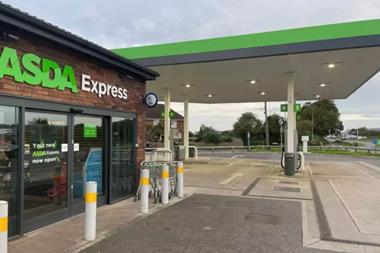
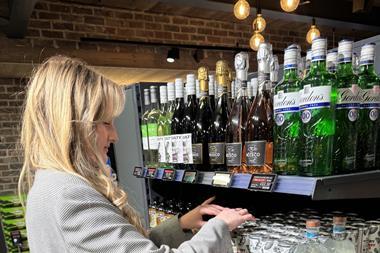
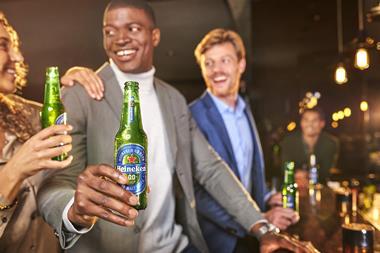



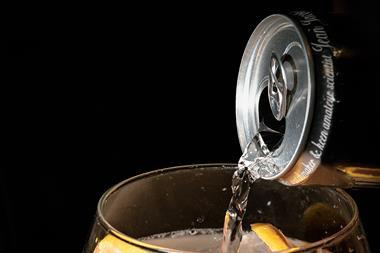
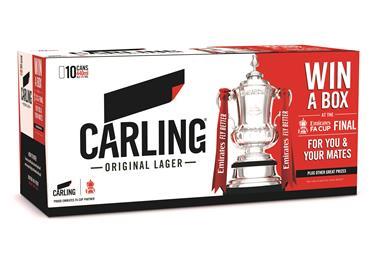

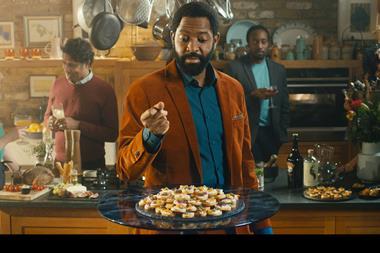


No comments yet